Northern Siberia has been tracking anomalously warm of late, while the south has been unusually cold — a setup serving as yet another example of the meridional (wavy) jet stream flow brought about by the historically low solar activity we're currently receiving.
On Sept 15, 2020 NOAA and NASA announced that the new Solar Cycle 25 has begun. Since then, the sun has been blank almost 90% of the time, writes Dr. Tony Phillips of spaceweather.com. Our star has been devoid of sunspots for 199 day in 2020, or 71% of the time. This sustained lack of spots shows that Solar Minimum of SC24 is not over; that SC25 is still too weak to break its icy grip.
During the final days of September, temperatures in southern Siberia took a sharp turn for the colder. The average daily temperature in the Novosibirsk region, in Altai, and in the southern regions of the Krasnoyarsk Territory held as much as 4 degrees Celsius below the seasonal norms, reports hmn.ru.
The cold has persisted into the first week of October, too. And on Oct 2, even a rare dusting of early-season snow was reported in central and southern Krasnoyarsk. In addition: "an early appearance of snow cover up to 1 cm high was also recorded in Khakassia and Tyva," reads the hmn.ru article.
To the north, air temperatures are exceeding the norm by 2-4C — but it's worth noting, October readings of -4C instead of the "1981-2010 norm" of -6C aren't making a tremendous difference to the local environment: the ground is still freezing, the snow is still falling etc. etc.. What is concerning though is the anomalous COLD currently invading the south: thermometers here are now hitting -2C instead of their "1981-2010 norm" of +2C, and this, obviously, changes the dynamics of the region's climate. This is what I mean by the mid-latitudes are refreezing: the far-northern latitudes, while warming slightly, will always remain inhospitable for 90% of life on planet earth, but what should concern us is the "southward spread" of the polar cold (northward spread in the SH) — this is the worry.
Look at the GFS temperature anomaly forecast (shown below), and note the anomalous "blob" of warmth over the Arctic (that mass of reds and pink center-bottom). Realize that all this "missing" polar cold hasn't magically up and vanished, rather that it has instead been carried south (center-top) by a meridional jet stream flow: the blues and purples (signifying anomalous cold) have gripped southern Siberia, Mongolia, Kazakhstan (all the 'stans, in fact), as well as northern China.
Now let's look at the actual forecast temperatures (shown below in degrees Celsius) for the same period. After removing the anomaly readings, that Arctic "warmth" no longer looks quite so, well, warm:
Temperatures nearing -30C are gripping large parts of the Arctic, including much of Greenland. Needless to say, glacier and sea ice still remains/builds at these temps, a rise of 6C-8C-10C above average at the poles at this time of year has little to no impact on the local climate. What it does do, however, is impact other climates as all that "missing polar cold" turns up further south where a sustained drop of as little as 2C can shorten the mid-latitude growing seasons by delivering unrelenting bursts of out-of-season cold and snow.
As a further example, by mid-October the United States can expect its sixth! intense Arctic blast of the season:
The COLD TIMES are returning, the mid-latitudes are REFREEZING, in line with historically low solar activity, cloud-nucleating Cosmic Rays, and a meridional jet stream flow.
Both NOAA and NASA appear to agree, if you read between the lines, with NOAA saying we're entering a 'full-blown' Grand Solar Minimum in the late-2020s, and NASA seeing this upcoming solar cycle (25) as "the weakest of the past 200 years", with the agency correlating previous solar shutdowns to prolonged periods of global cooling here.
Furthermore, we can't ignore the slew of new scientific papers stating the immense impact The Beaufort Gyre could have on the Gulf Stream, and therefore the climate overall.
Prepare accordingly — learn the facts, relocate if need be, and grow your own.
Social Media channels are restricting Electroverse's reach: Twitter are purging followers while Facebook are labeling posts as "false" and have slapped-on crippling "page restrictions":
Be sure to subscribe to receive new post notifications by email (the box is located in the sidebar >>> or scroll down if on mobile).
And/or become a Patron, by clicking here: patreon.com/join/electroverse, and/or consider "allowing ads" for www.electroverse.net if you use a blocker.
The site receives ZERO funding, and never has. So any way you can, help us spread the message so others can survive and thrive in the coming times.
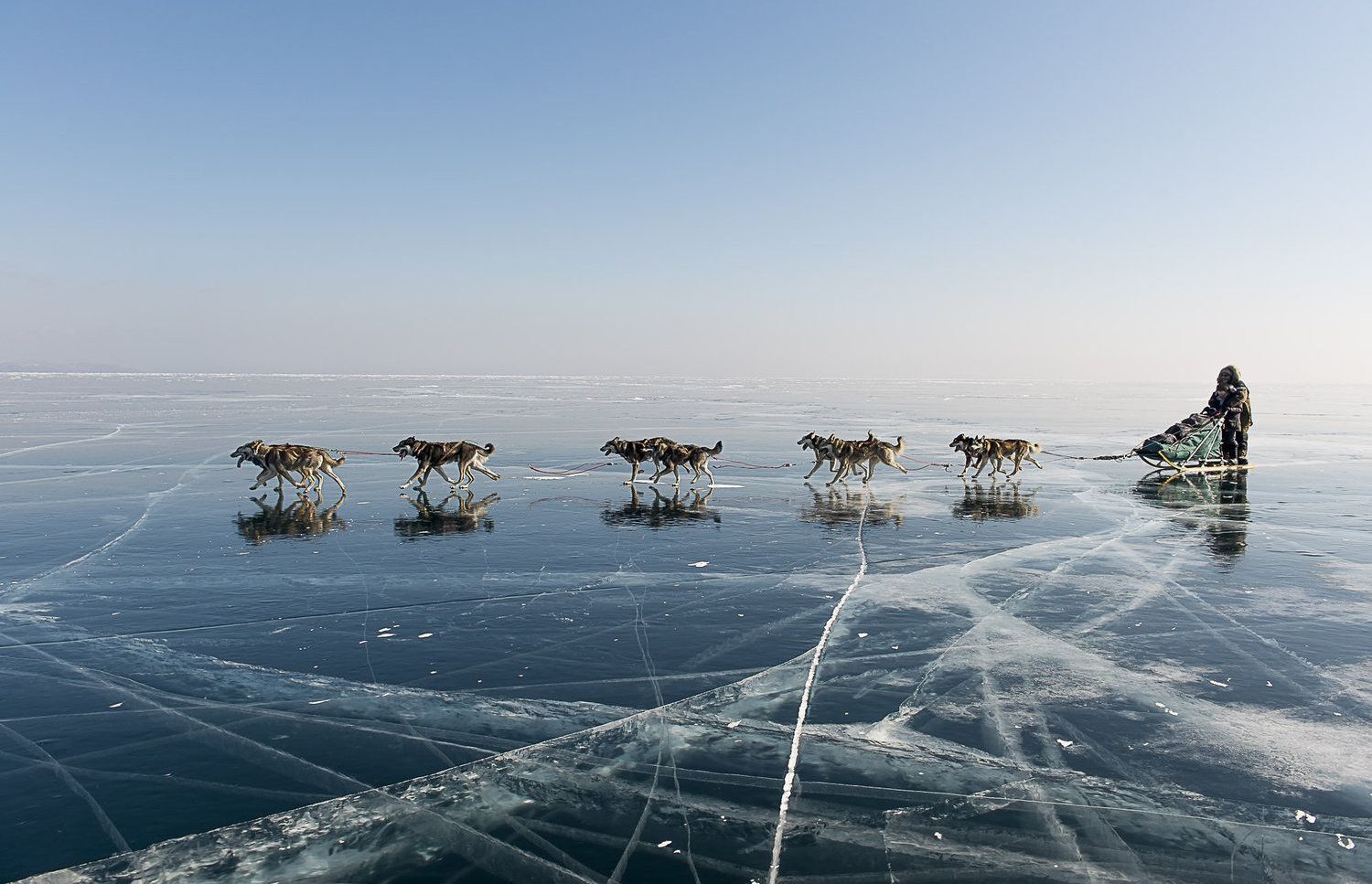
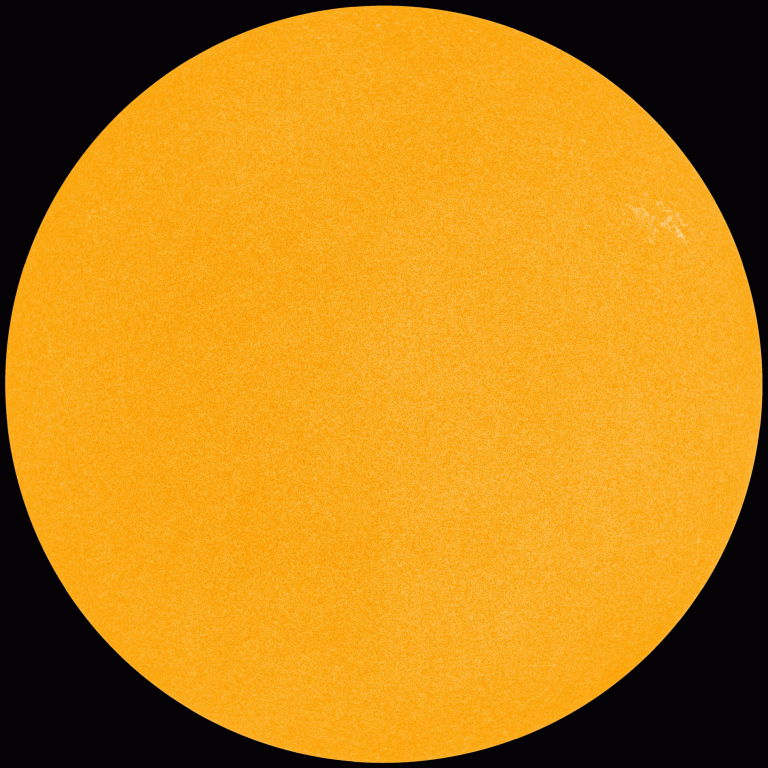
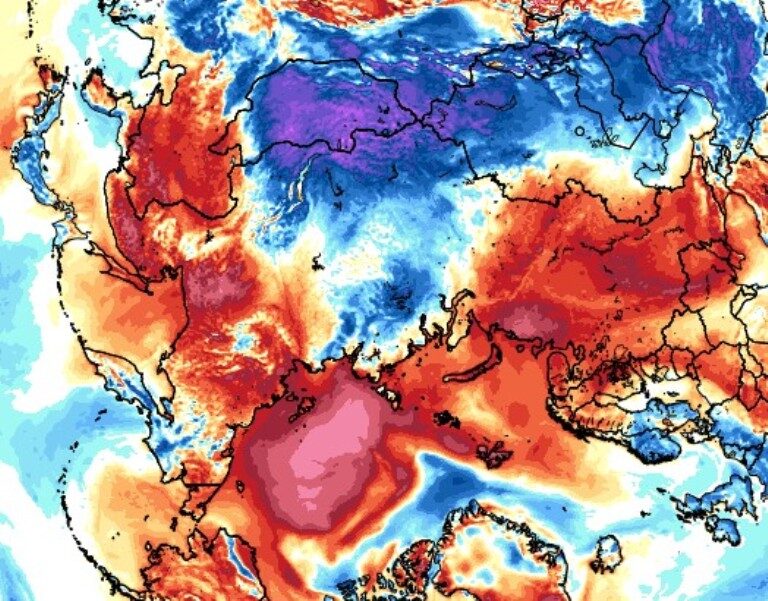
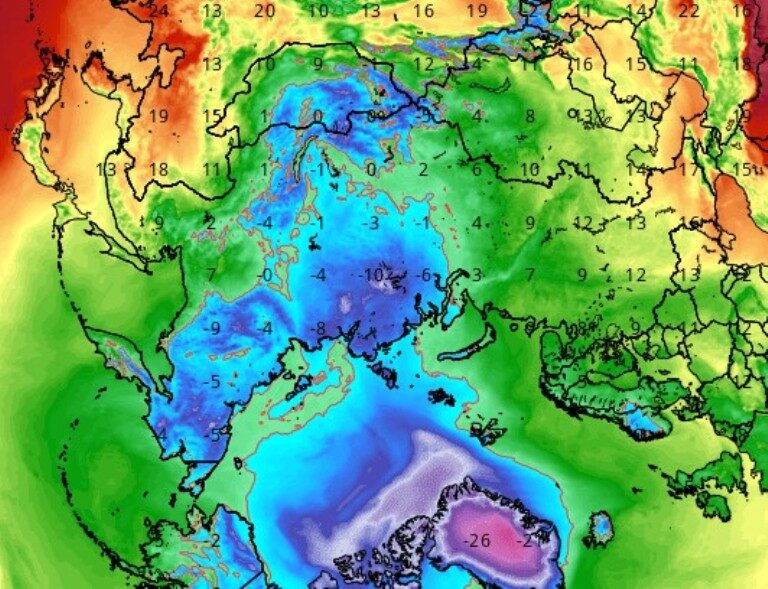
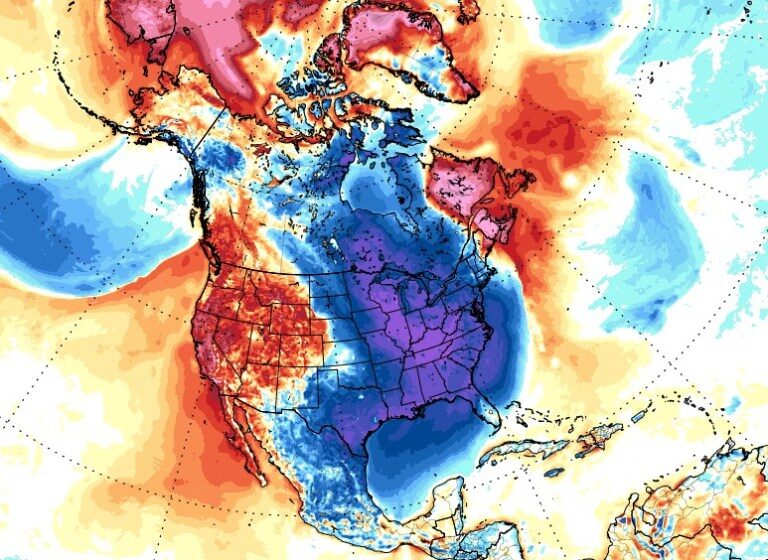
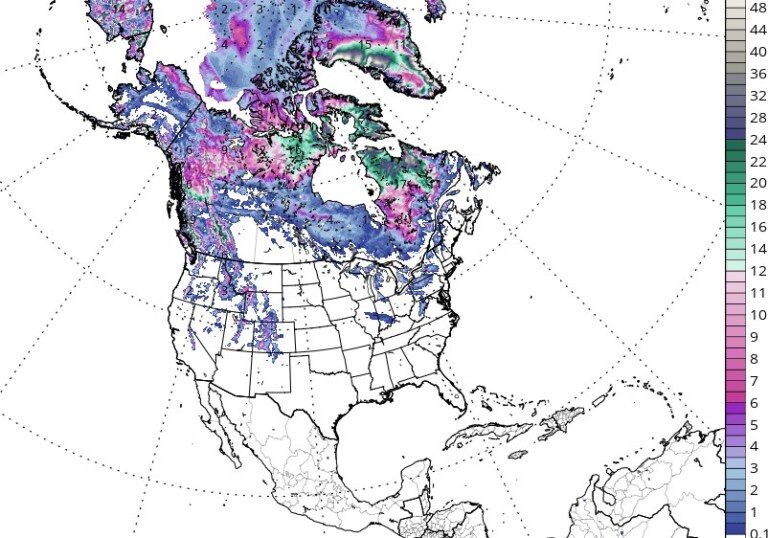
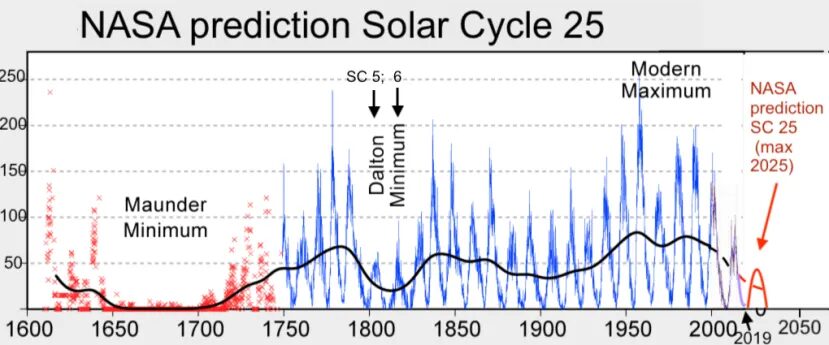
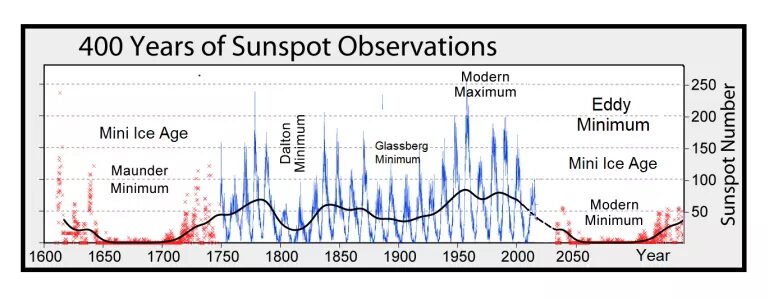



Comment: See also: